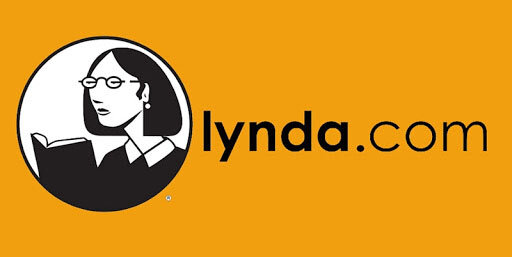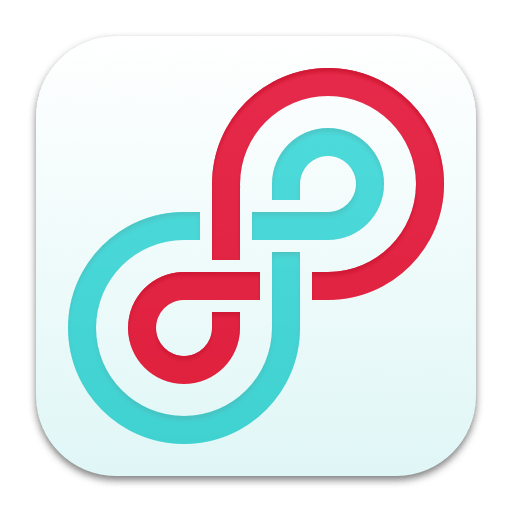Theresa Hoover Ducassoux joins the show to talk about technology for teaching band at a distance, productivity methodologies, Google apps for personal and school use, Flipgrid, empowering students, and more...
Other topics:
- Personal productivity systems and apps
- The Getting Things Done Methodology
- Teaching band online
- Being creative with whatever teaching scenario and schedule your district is moving forward with this fall
- Engaging students with musical performance using the Flipgrid video service
- Google apps for personal productivity
- Google apps for classroom teaching
- Organizing files in Google Drive
- Automating band warm ups
- Chamber music breakout groups using Google Meet and Soundtrap
- Getting Google Certified
- Her book- Pass the Baton: Empowering All Music Students
- Our favorite album and apps of the week
Show Notes:
- Everything Band: Episode 170 - Theresa Hoover Ducassoux
- Lori Schwartz Reichl
- Music Ed Tech Talk #8 - Diversifying Your Career and Your Programing, with Lori Schwartz Reichl
- Getting Things Done Methodology
- OmniFocus
- Inbox Zero
- MusicFirst
- SmartMusic
- Noteflight Learn
- Soundtrap
- Flipgrid
- Kahoot
- Google Teacher Certification
- Google: The Anywhere School 2020
- Kathryn Finch: Website | Twitter
- Scrivener
- TextExpander
- Jamboard
- Getting Started with Google Jamboard | Off the Beaten Path - Theresa Ducassoux
- Using Jamboard in the Music Classroom | Music Ed Tech Talk - Robby Burns
- Flat.io
- Routing Audio From Your Apps Directly Into Your Zoom or Google Meet (Or Other Digital Meeting Platform) | Music Ed Tech Talk - Robby Burns
- Rogue Amoeba
- Audio Hijack
- Rhiannon Giddens to Lead Silkroad’s Musical Explorations | NYT
- Microsoft Teams
- New Google Meet features
- Google Calendar
- Google Slides
- Google Keep
- Evernote
- OneNote
- Google Duo, Google Meet, Google Hangouts (?)
- Omnifocus Project Templates
- Never Miss a Task, With Project Templates | Music Ed Tech Talk - Robby Burns
- Music Ed Tech Talk #10 - Designing Curriculum and Assessing Students with FileMaker, with Ben Denne
- Making Just Intonation Play Along Tracks for Your Performing Ensemble (Using Tonal Energy and Garageband) | Music Ed Tech Talk - Robby Burns
App of the Week:
Robby - Loopback by Rogue Ameoba (They have educator discounts)
Theresa - Flat for Docs
Album of the Week:
Robby - Jennifer Higdon Harp Concerto
Theresa - Dustin O’Halloran, piano solos
Where to Find Us:
Robby - Twitter | Blog | Book
Theresa - Twitter | Website - MusicalTheresa.com | Book - Pass the Baton: Empowering All Music Students | Blog - Off the Beaten Path
Please don't forget to rate the show and share it with others!
Subscribe to Music Ed Tech Talk:
Subscribe to the Podcast in... Apple Podcasts | Overcast | Castro | Spotify | RSS










